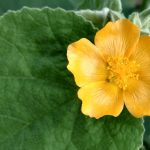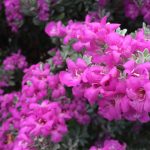Tired of endless watering and changing out bedding plants? There’s likely a perennial salvia that would love to grow in your landscape.
There’s a salvia for every occasion in the Texas landscape. The Latin name — salvere or healthy — gives a clue to this genus’ performance in summer, even in the most scorching conditions.
And although its English common name sage is often reserved for the Mediterranean kitchen herb (Salvia officinalis), that particular plant is just one of a 1,000 closely related salvias native to Asia, Europe and especially the Americas. All are sages and all are Salvias: go-to ornamentals for hot, dry gardens.
Their success comes from a few clever features. Most are covered in tiny hairs that prevent water loss. They also share a specialized flower structure with tiny push levers to drench any pollinator, from bees to hummingbirds, making it easier to evolve new species. They even discourage deer with pungent oils released when the leaves are touched, all the while scenting the landscape with sweet perfume like spiced muffins. They tolerate drought, bad pruning, bad soil and humidity — making them ideal for robust summer mass and color in a garden bed.
Maintenance tip: Since salvias pretty much bloom all summer long (and even more heavily in spring and autumn) summer pruning is unnecessary, except to control size as needed. In general, salvias are cut back by hand in spring and maybe in August to encourage denser shape. Spent flowers or leggy stalks and branches can be pinched or cut back to a lower set of new leaves almost anytime. Some of the bigger non-woody salvias will just lay down on the ground and start resprouting from the base when they get too leggy for their own good.
Here’s a guide to which local salvias are most indestructible and where they’re likely to grow gangbusters:
Mealy cup sage: The parent of many of the blue-purple salvias like indigo spires, mystic spires and Henri Duelberg, this true Texas native can easily be mistaken for a spring wildflower. But its mellow flower spires keep going all summer long, as long as there’s generous sun and a bare minimum of soil and moisture. Use in mid-landscape beds, natural areas and inferno strips.
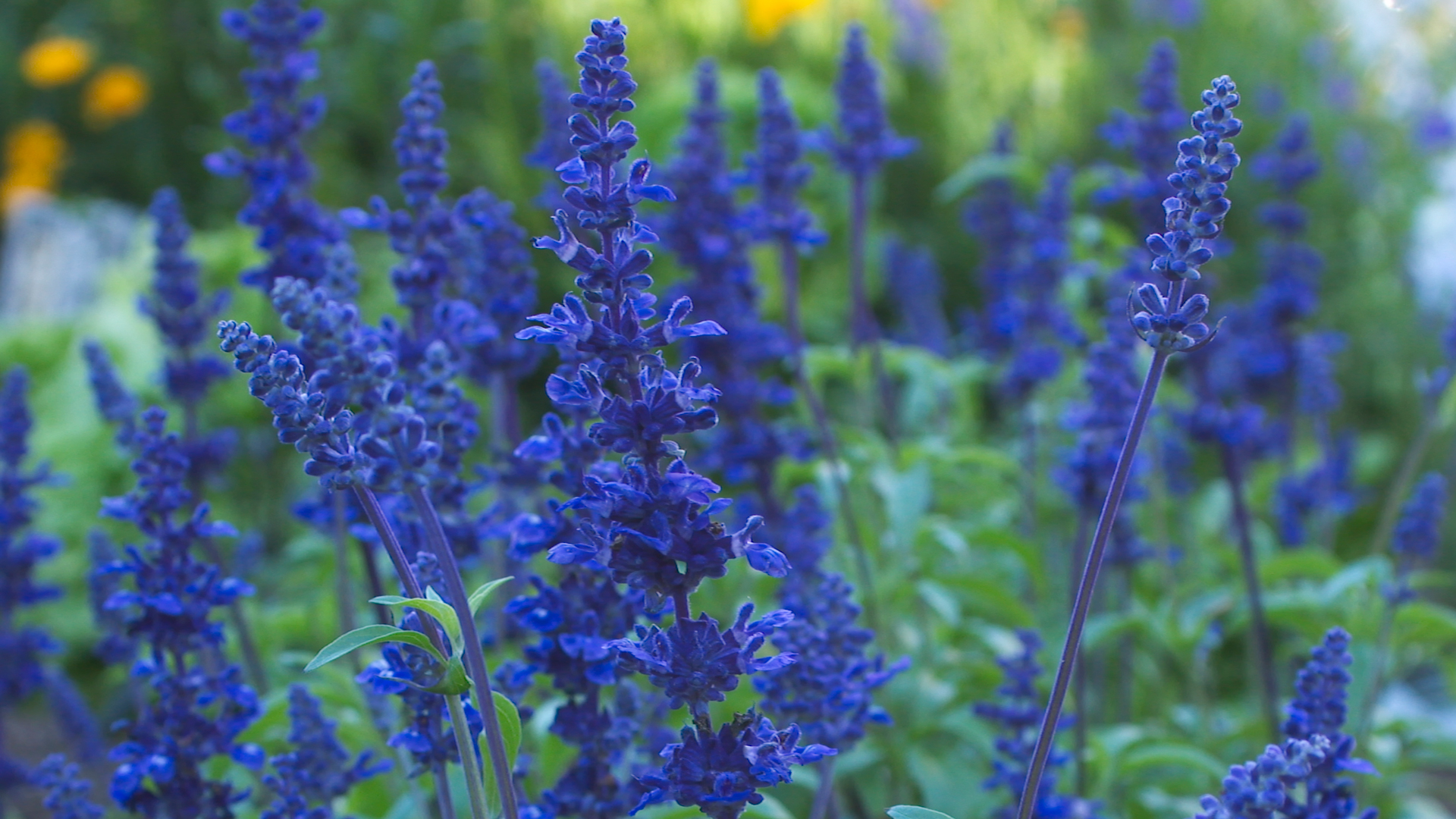
Scarlet sage: You’ll run into this red-flowered salvia around live oak trees and woodlands like Hardberger Park, where it comes and goes as long as there’s enough shade (or water) to keep from drying out. It’s a heavy seed producer and reproduces readily. Use in live oak shade beds, natural areas.
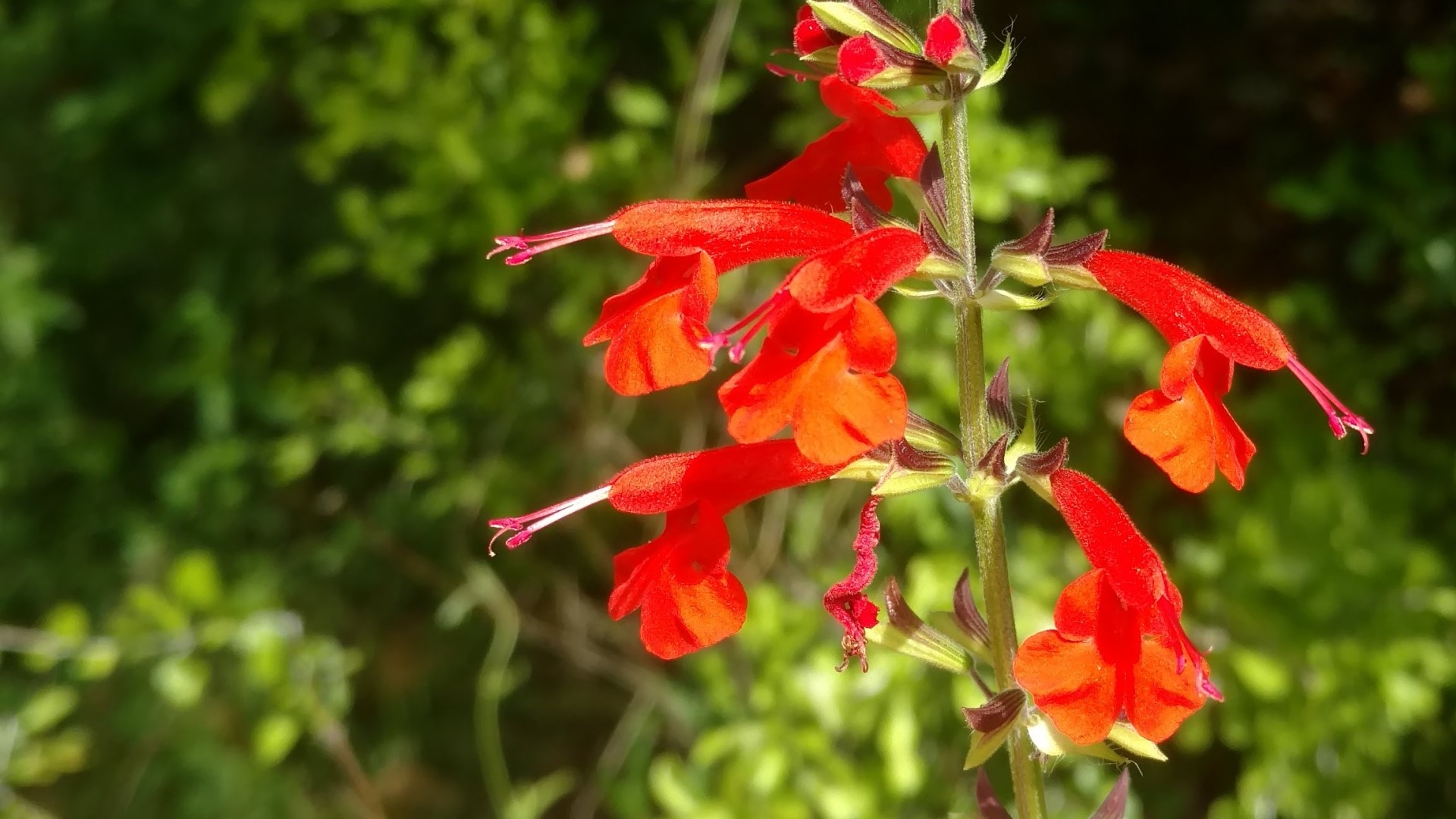
Cedar sage: Think scarlet sage but drier, higher and more compact. You’ll encounter it more the farther uphill you venture in the Hill Country around Eisenhauer, Friedrich and Crownhill Parks, and atop the Government Canyon. In shallow woodlands it holds its own, but in nice residential landscape beds, its delicate proportions can be swiftly overwhelmed by faster-growing non-native plants. Use in Hill Country landscape beds.
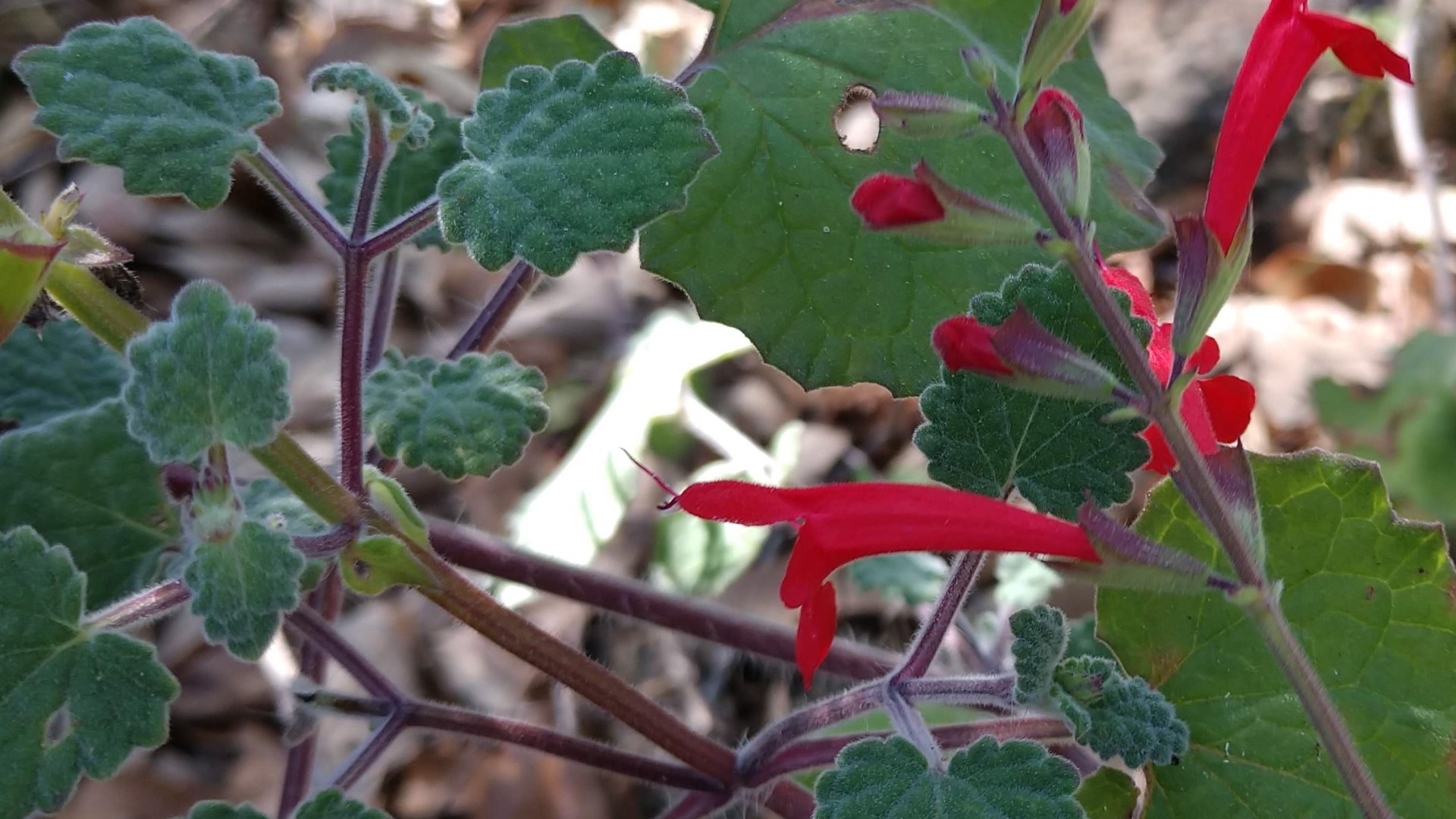
Autumn sage: Like a cross between a boxwood and a salvia, this is the first evergreen sage on this list. You’ll find it in many shopping centers and bank parking lots, as it’s attractive and tolerant of commercial landscape practices, especially under irrigation. A high-elevation West Texas native, it can be used in a variety of settings. But in most of them, it benefits from a bit of afternoon shade to survive summer scorch. If you’re experimenting with casual low-maintenance summer planting, this is a good salvia to start with. It’s a bit more of a branching bush than a wildflower, though; don’t cut it all the way to the ground. Use in any flowerbed, sun or shade.
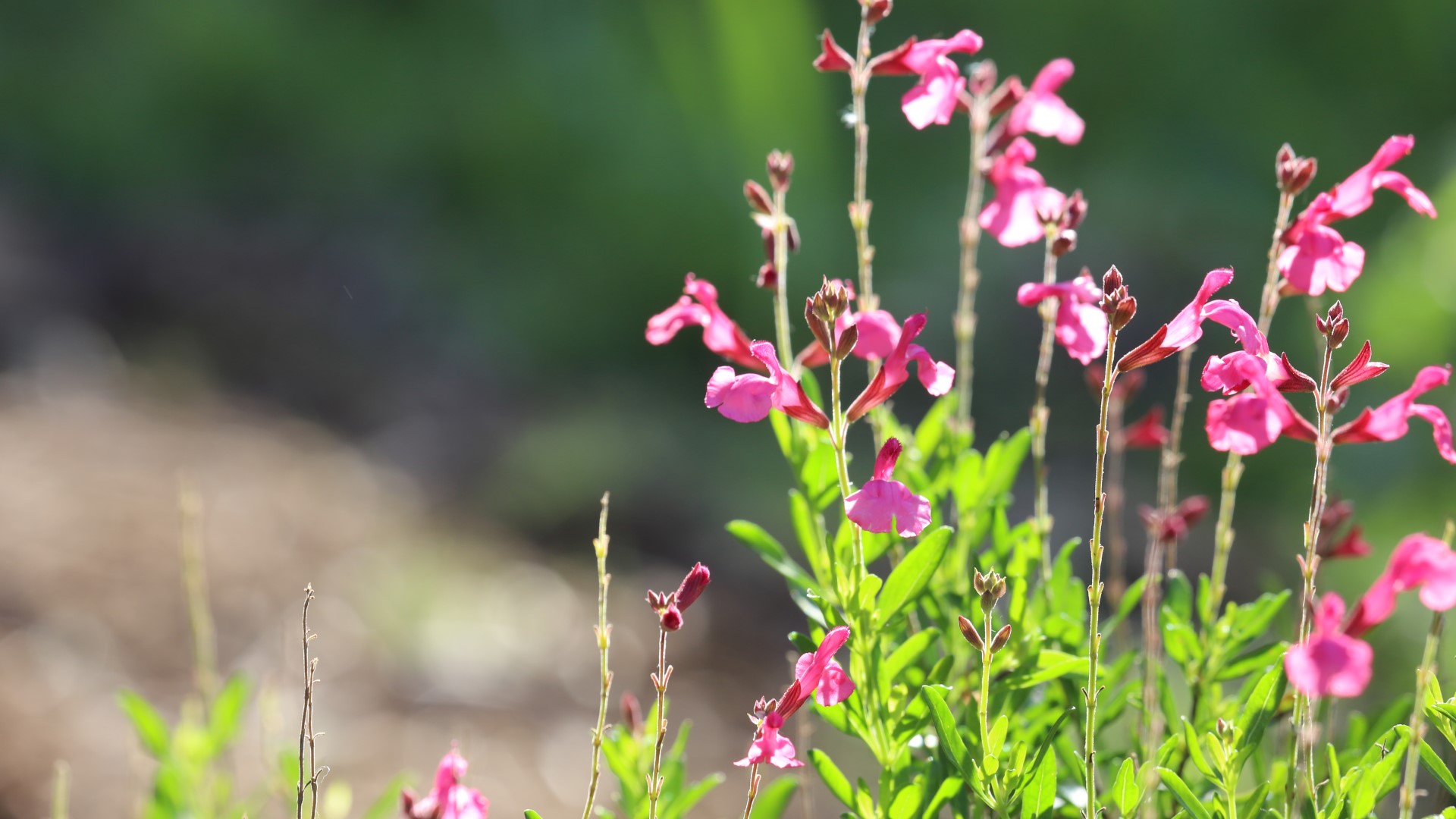
Little-leaf sage: Like autumn salvia, this is an evergreen, woody sub-shrub. It hybridizes readily and it’s the basis for many new commercial salvia species, so you may already have it without knowing it. This one grows a bit bigger than autumn salvia, but all the pruning rules are the same — cut as needed, but never all the way to the ground. Use in any flowerbed, sun or shade.
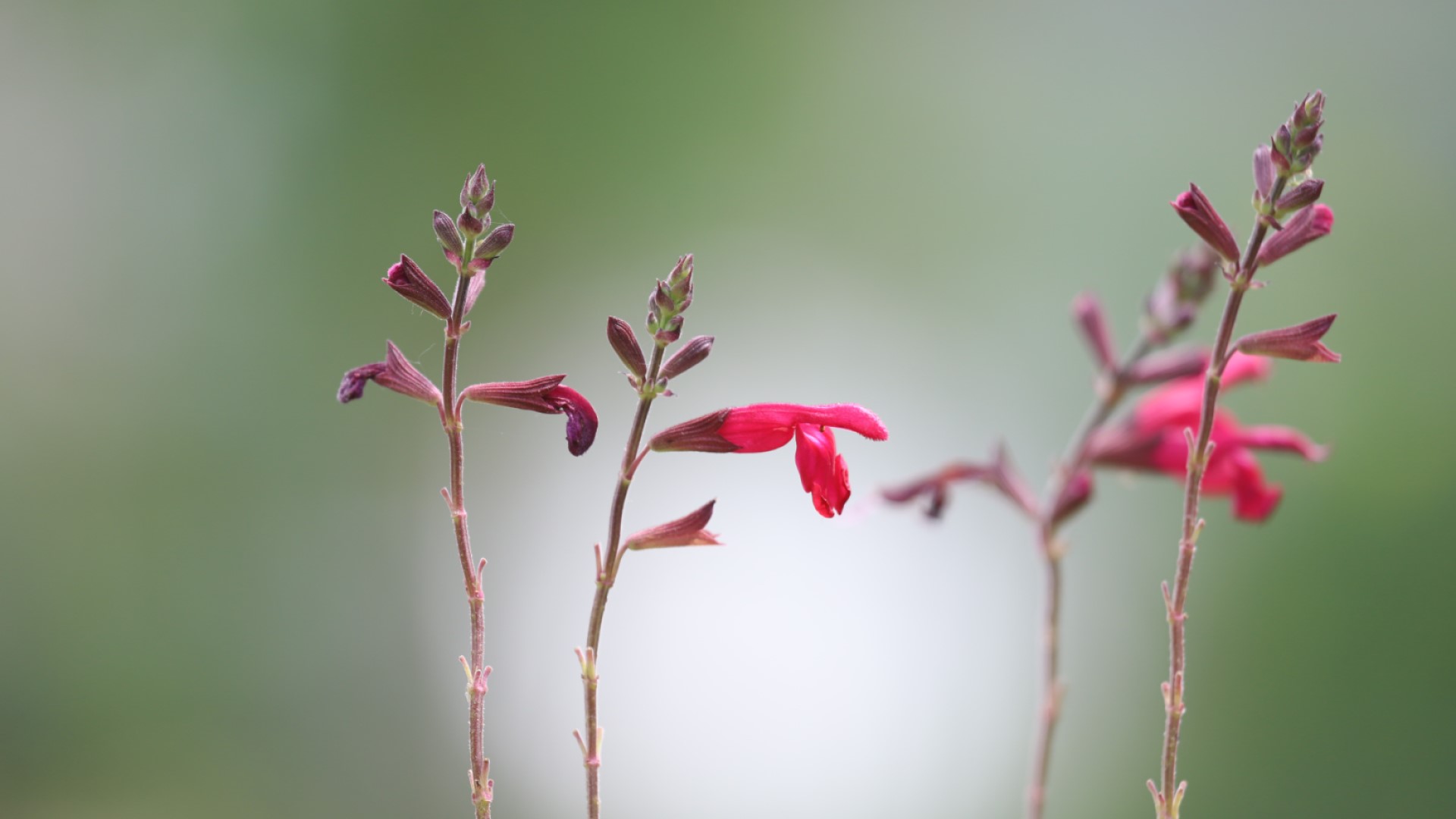
Mexican bush sage: The silvery lance-shaped leaves alone are impressive, but when its lilac-white flower stalks are lit, this bush sage is a standout in late summer gardening. This is a big salvia and makes an impressive specimen all by itself, as long as you can keep it from drying out. Use in partial or full sun, or as a focal point.
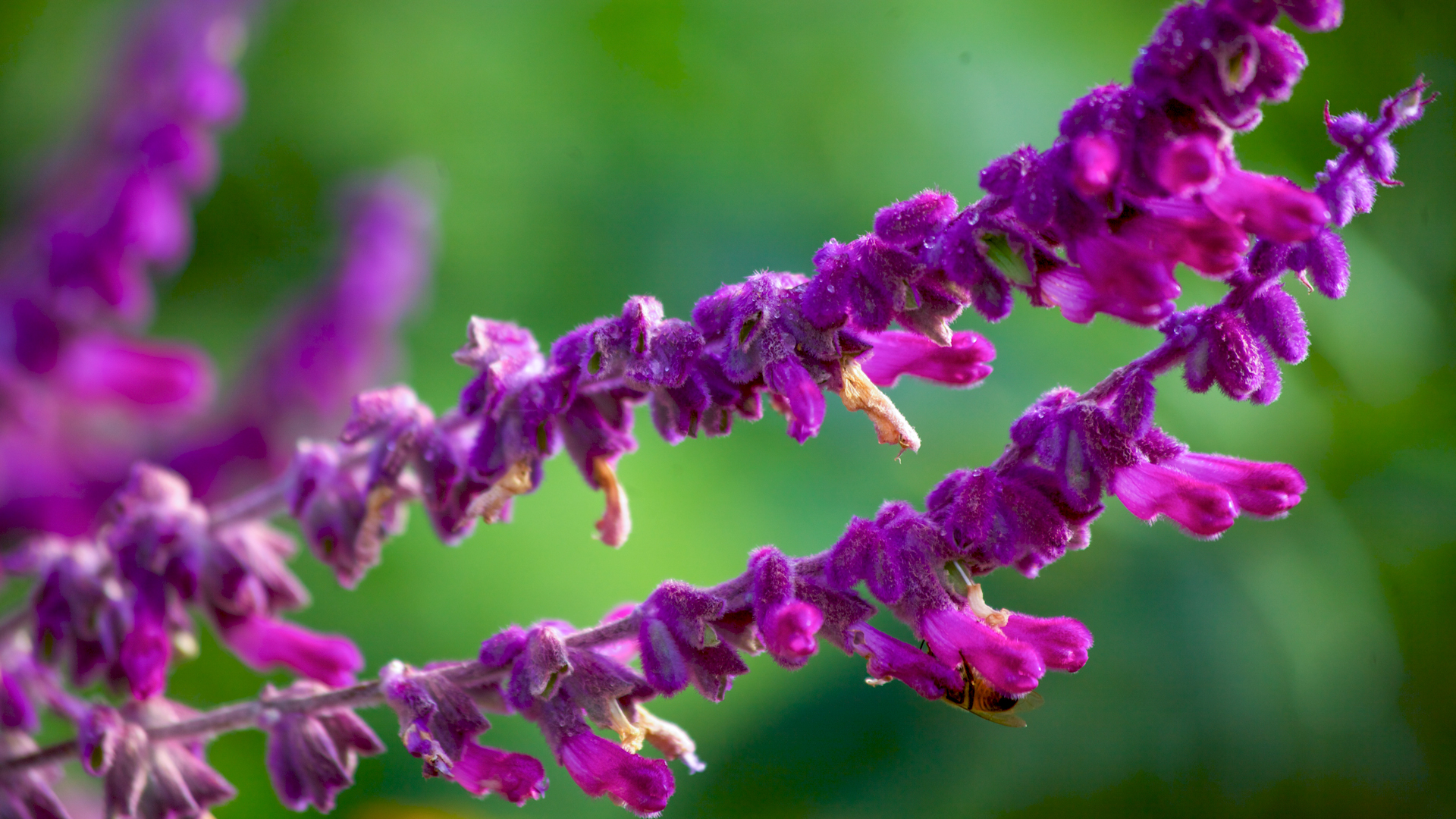
Giant blue sage: A clumping salvia with deep purple flowers. Best for shade, in full sun it’ll require persistent irrigation. The flowers are similar to mealy blue sage but bigger. New growth comes from the ground. Use in fairly shaded south-facing beds.
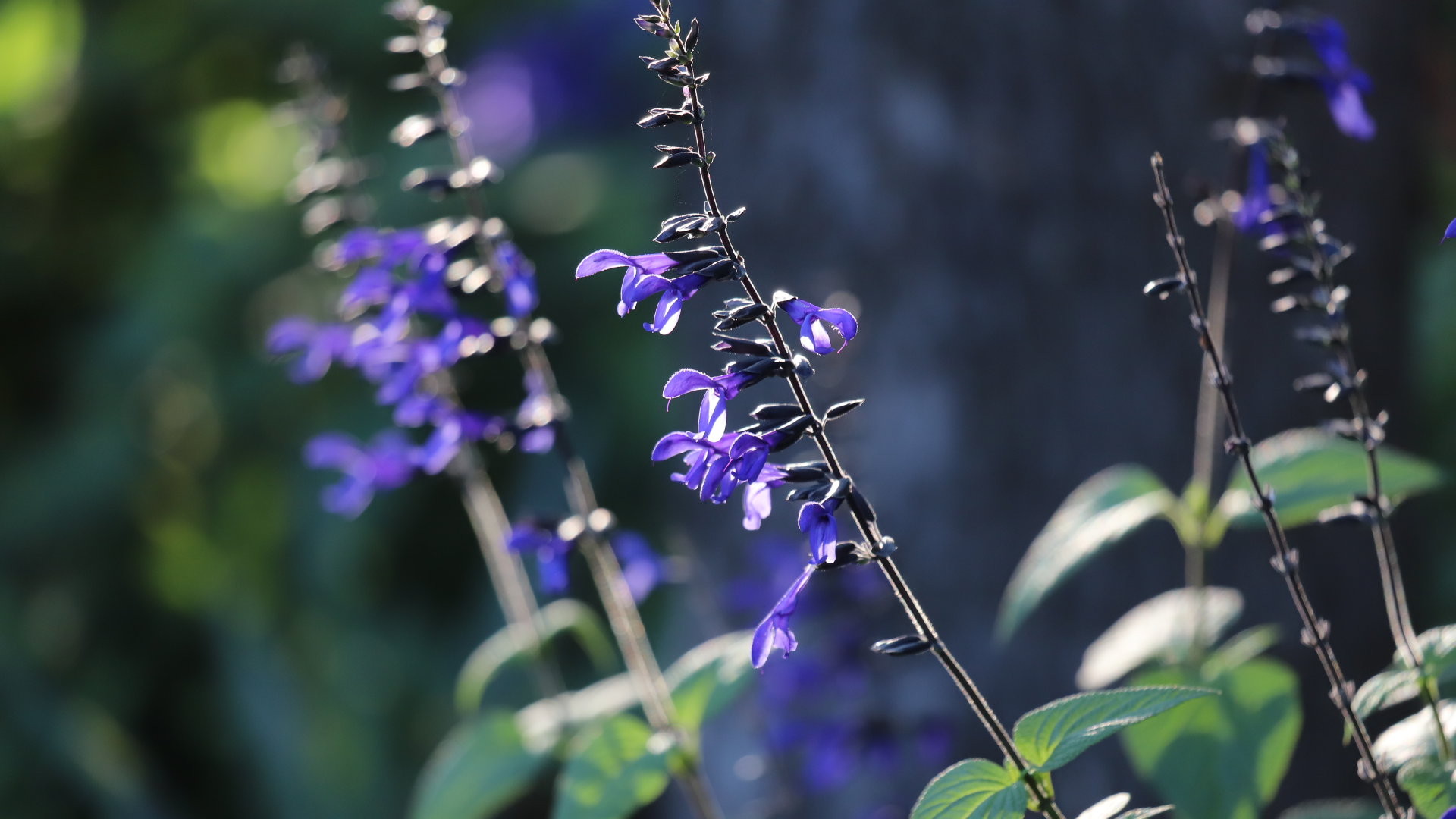
Other salvias include the original culinary common sage, mountain sage and Jerusalem sage. If you prefer bigger flowers, there’s a never-ending parade of recent introductions from Northern Mexico and Central America, including forsythia sage (yellow and a rare winter bloomer) and fiery sage. Some non-natives are accustomed to more reliable precipitation in their native ranges than is generally available in San Antonio, so stick to natives if you’re looking for extended scorch tolerance. But with so many to choose from, it can be a fun experiment finding the right sage for your spot; almost all come with lots of flowers and throngs of hummingbird attendants.
So, if you’re tired of endless watering and changing out bedding plants, and you’d rather be on vacation than in the yard, remember: there’s likely a perennial salvia that would love to be growing there.
In general, salvias should be planted in autumn or spring to be drought-hardy in time for the warm season. But once established, they’ll be crashing onshore every summer with waves of sweet summer color for years to come, filling in corners of the landscape wherever they can find room — like sunset sea foam without all the water (so you can spend more time at the beach.)



